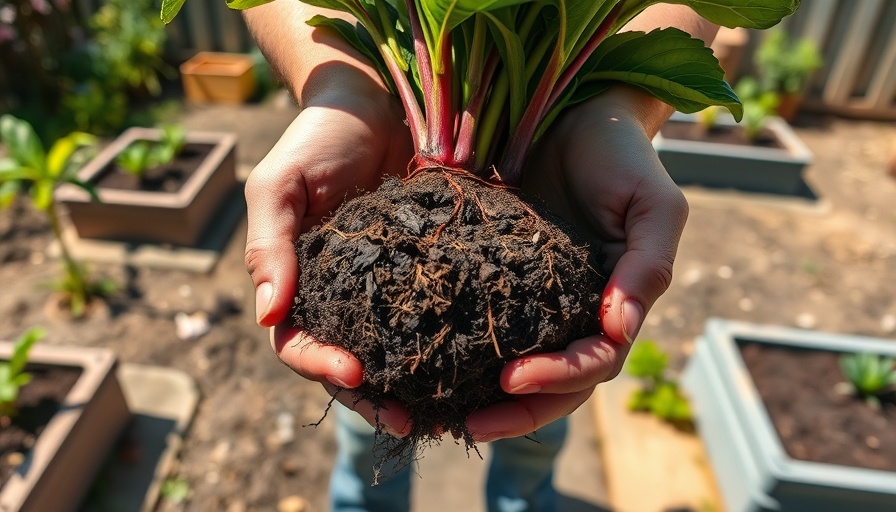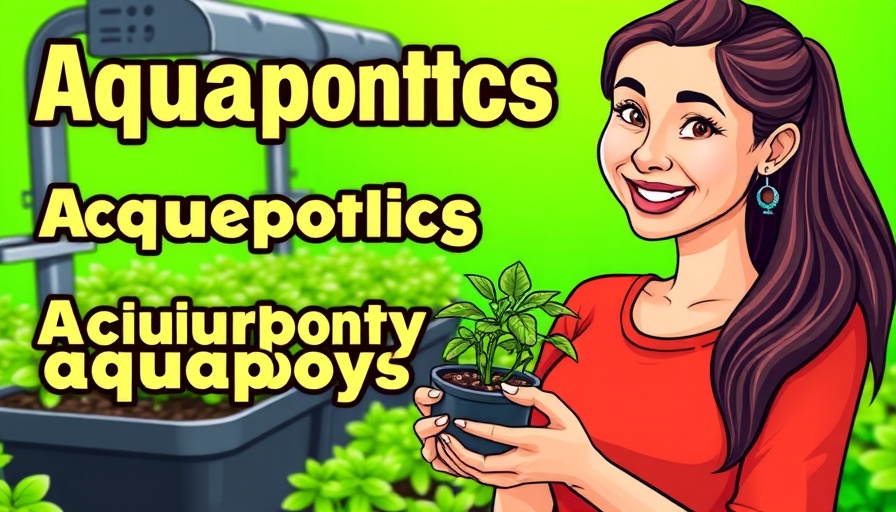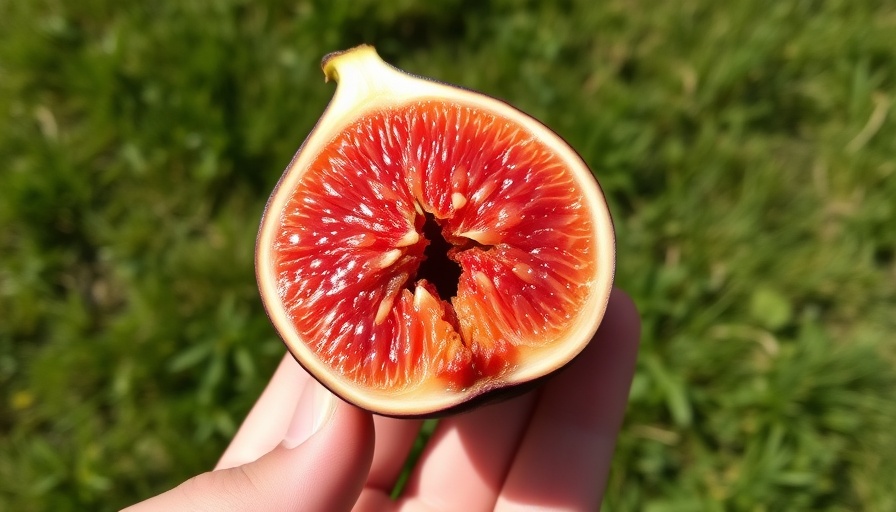
Understanding the Lifeblood of Your Garden
Moisture is undeniably the lifeblood of any garden; it is essential for the growth and vitality of plants. However, we often overlook the importance of drainage when it comes to watering. It’s crucial to recognize that too much water can be just as damaging to plants as too little. As gardeners, ensuring that our plants receive the right amount of water involves more than just pouring it onto the soil.
In "Why Does Drainage Matter? - Garden Quickie Episode 255", the discussion dives into the crucial role of drainage in gardening, exploring key insights that sparked deeper analysis on our end.
The Role of Water in Plant Health
Water serves multiple crucial roles in the life of plants. While we often think about it in terms of hydration, water participates in vital processes such as photosynthesis, nutrient transport, structural support, and temperature regulation. This means that achieving the right balance of moisture for your plants goes beyond simple watering routines—it requires an understanding of how water, air, and nutrients interact within the soil.
The Dance of Air and Water
To comprehend why drainage is paramount, let's delve into the needs of our plants. Among the four basic requirements—light, air, water, and nutrients—the interplay between air and water is particularly crucial. Plants need oxygen, which they obtain from the spaces in the soil through their roots. If the soil becomes oversaturated with water and fills up all the air pockets, the roots can suffocate and perish, leading to the demise of the plant.
Why Proper Drainage Matters
Consequently, having adequate drainage ensures that soil can retain enough moisture while simultaneously allowing for excess water to escape. This balance is vital for maintaining healthy root systems, as the mingling of air and water directly affects the plant's ability to thrive.
Practical Tips for Ensuring Good Drainage
Here are some actionable tips to promote effective drainage in your garden:
- Amend Your Soil: Mixing in organic matter like compost can improve soil texture, making it more porous and better at draining excess water.
- Utilize Raised Beds: A raised garden bed often helps control moisture levels as it encourages better drainage, especially in areas with heavy clay soils.
- Create Drainage Channels: If your garden is prone to water pooling, consider designing landscape features that will help divert water away from plants.
By implementing these strategies, you'll ensure that your garden maintains a balanced moisture level, promoting robust and healthy plant growth.
The Future of Gardening Techniques
Moving forward, understanding the key aspects of drainage will become increasingly vital as climate change alters weather patterns, leading to unpredictable rainfall and droughts. Gardeners who can adapt their watering techniques and soil management practices will not only see healthier plants but also contribute to sustainable gardening practices that benefit the broader ecosystem.
In a world where the importance of healthy living is more recognized than ever, optimizing gardening methods reflects a commitment to our environment and well-being. As families engage in gardening, learning about these principles ensures a vibrant and sustainable food source for the future.
If you'd like more insightful gardening tips, consider subscribing to our channel for additional quick gardening tips that can help you cultivate a thriving garden.
 Add Row
Add Row  Add
Add 




Write A Comment